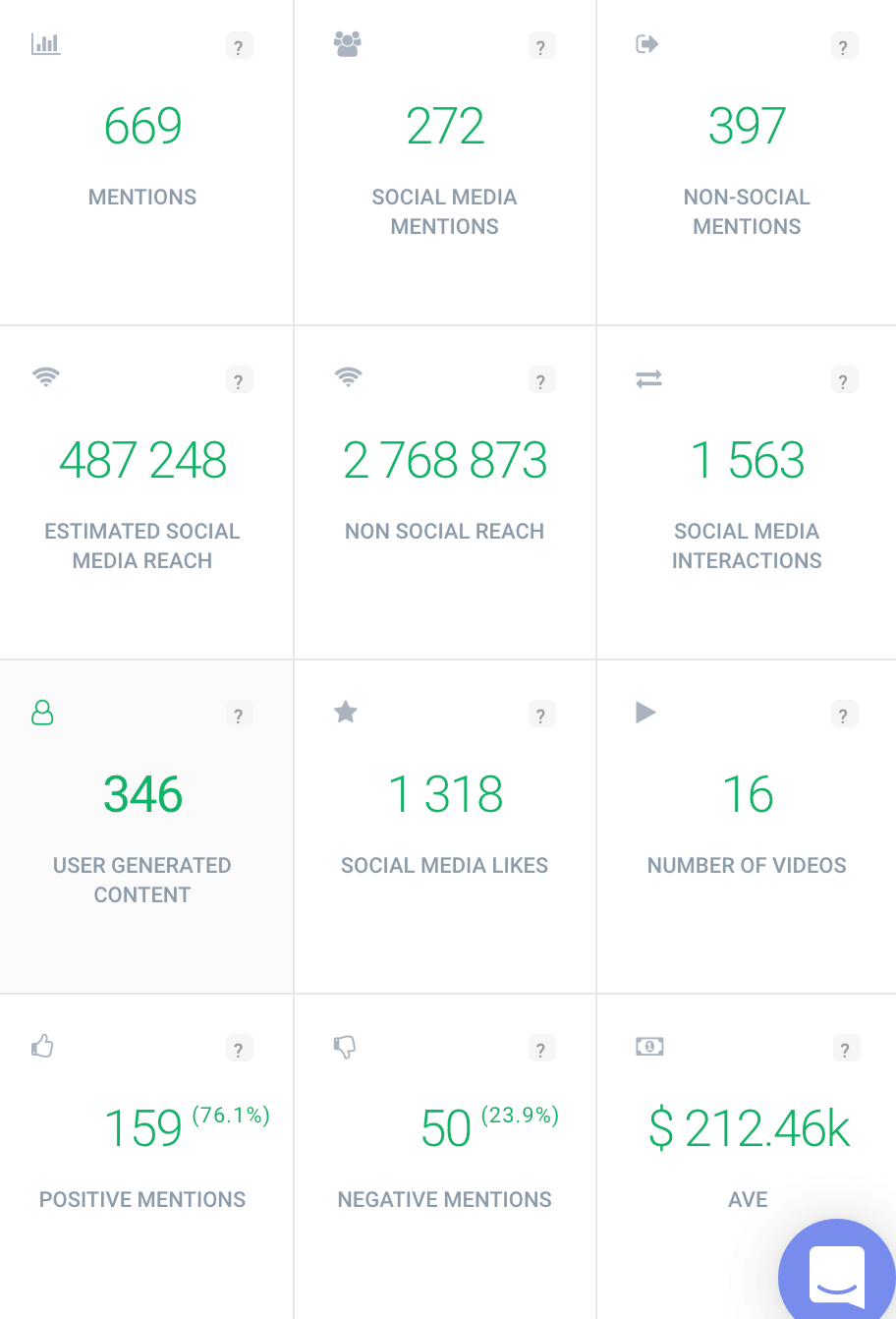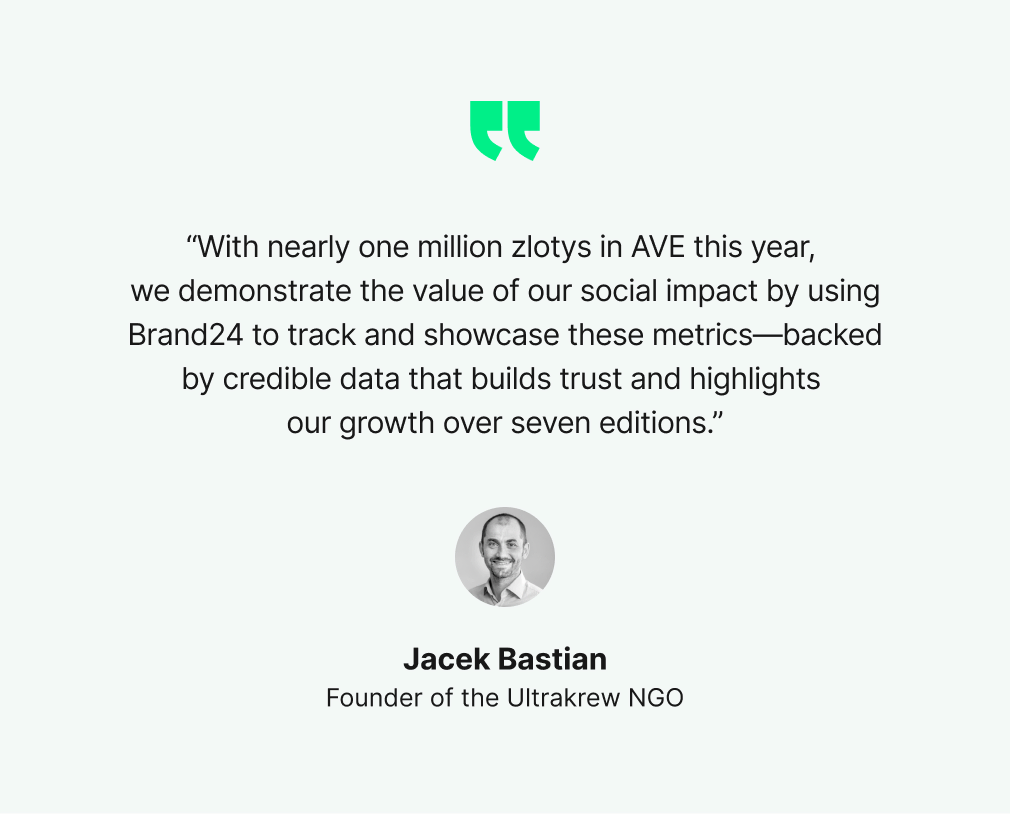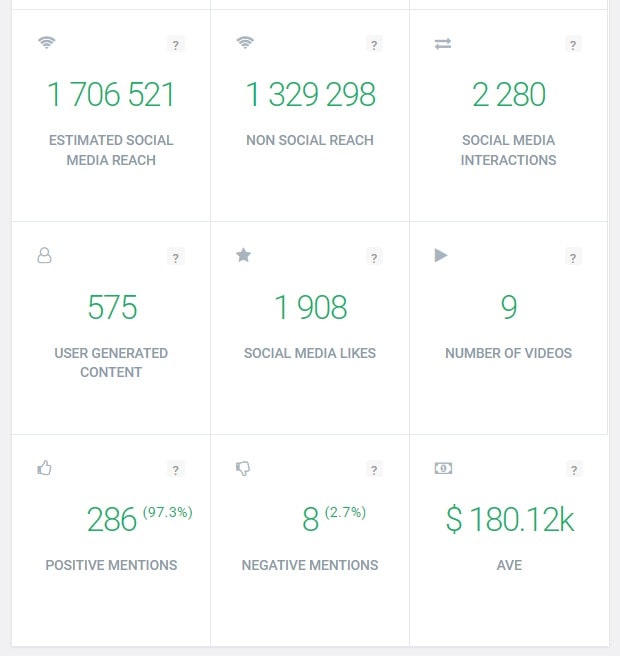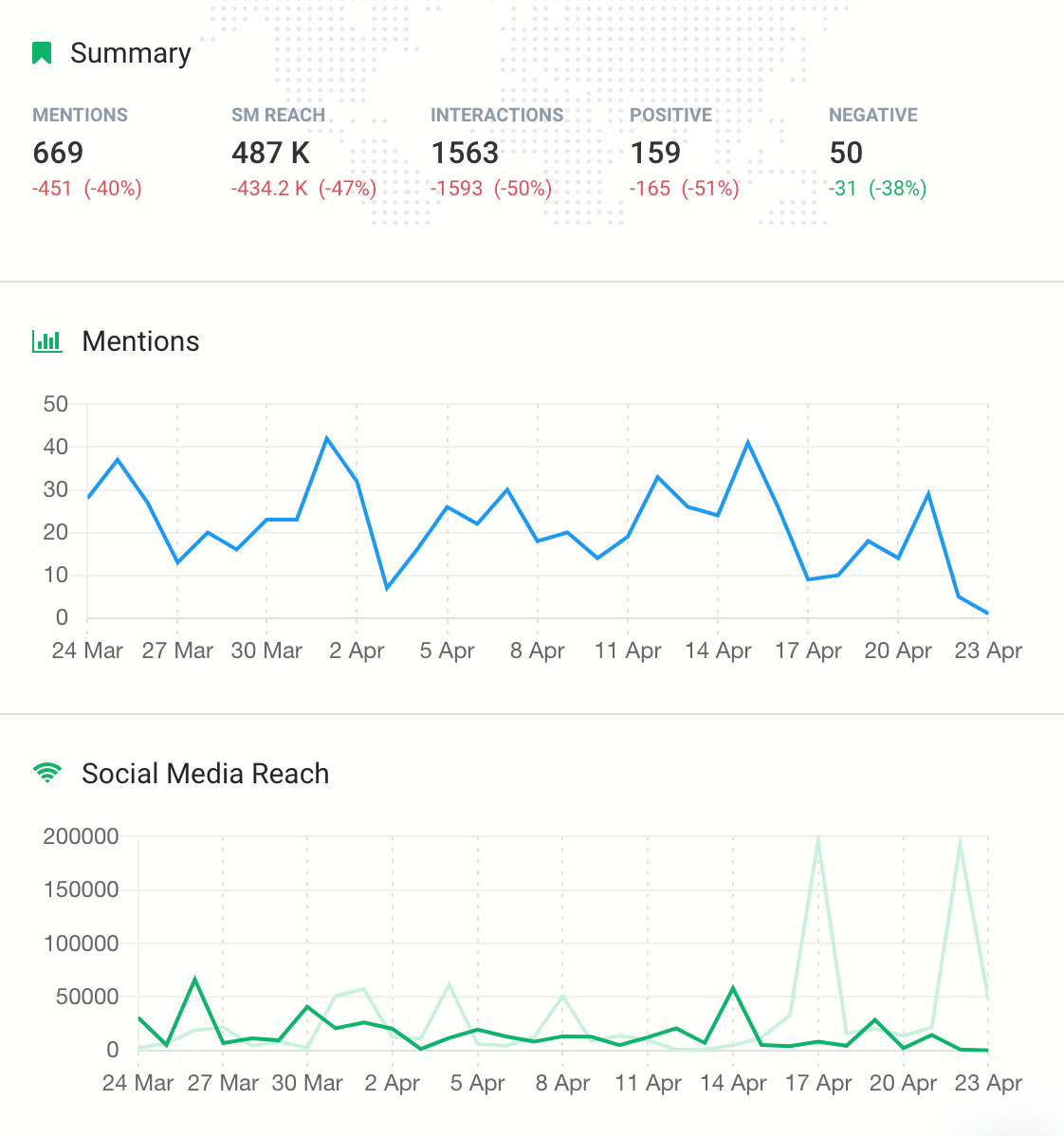How to Calculate Advertising Value Equivalency (AVE)?
Table of contents
Working as a PR professional has many benefits and equally many drawbacks. One of the biggest drawbacks is measuring the results of your activities. That’s where advertising value equivalency, or AVE for short, comes to the rescue! Advertising value equivalency has been around for years (the metric was first used in the 1940s), and with the rise of new technologies, AVE is a very convenient metric to measure public relations.
Disclaimer: AVE is an auxiliary metric. With the rise of digital marketing, new, more accurate metrics to measure PR are available. Still, AVE can be used to add insights to your PR measurement.
Measuring the results of PR activities has always been hard. How do you prove business impact of a PR on your business’ bottom line?
Back in the day, PR professionals invented the advertising value equivalency. By checking the cost of placing an ad, a PR specialist could prove the effects of a PR campaign and show the ROI.
What is AVE exactly? How do you measure advertising value equivalency? How has the public relations industry changed AVEs in the modern day? Let’s find out!
What is advertising value equivalency?
Advertising value equivalency AVE is used in PR to measure the dollar value of media coverage of a PR campaign. AVE would measure the size of the media coverage, the space it was put, and calculate the advertising rate for similar ad.
To make sure that calculations are relevant, multipliers can be add to the equation. PR professionals added multipliers in the range of 3 – 10. The multipliers should add a credibility factor.
Read further to learn how to calculate the advertising value equivalency formula.
AVE vs EAV
In the PR industry you may sometimes discover the abbreviation EAV. This is nothing else but the same term, but written differently. EAV stands for Equivalent Advertising Value. More common term for PR and communications professionals is AVE, though, and this is what we’ll be using today.
The AVE formula
The advertising value equivalency (AVE) metric is simple:
AVE = SIZE x RATE
So, if your content is 10 columns long and the rate for one column is $10 dollars, then the advertising value equivalency equals $100.
Many professionals claim that PR campaigns bring more value to their client, so they add a multiplier to the formula. In this case, AVEs become hypothetical and don’t give you any real insights into your campaign.
Do you see the problem with AVEs?
Thankfully, with the rise of digital marketing and PR, you can track AVE with other auxiliary metrics and determine the results of a PR campaign.
Brand24 is a tool that will help you to measure Advertising Value Equivalency.
How to calculate AVE in digital PR?
Firstly, media monitoring tools will calculate the AVE for you. Based on other articles the tools have in their database, a tool can estimate the cost of advertisement. Moreover, the databases receive regular updates. You can track the value over time to note the changes to measure your progress.

Advertising value equivalency does not take into account many factors that have an impact on your business goals.
AVE looks just at the length and placement of media coverage. And especially in the digital world, there is so much more to show when it comes to PR and advertising.
What other metrics are important for your client? The media monitoring tool will give a whole set of metrics that could help you determine the dollar value of media coverage.
The volume of mentions
Once you acquire a piece of content that brings you a substantial spike in media coverage, you should track other online sources talking about your client.
To do that, use media monitoring, for example, Brand24.
Once you publish your article, story, or photo, other media outlets can share your content. In the old model of the AVE rate, it was impossible to measure the full impact of your publicity.

Discover our client’s success story — read the case study.
Media monitoring tools will collect every publicly available mention containing your predefined keyword. You can track the number of mentions and get a general idea of how your content is distributed across the web.
By taking into account the number of publications on other pages, you get an overview of the total AVE rate.
Sentiment
The sentiment is one of the most important factors when it comes to measuring AVE. In today’s world, it is not enough to focus solely on media coverage.
By adding a sentiment to the metrics you follow regularly, you can answer a very important question: what impact does content have on your clients’ reputation?

Not all media coverage is beneficial for an organization. As a PR professional not only what people are saying about your client, but also how they feel about your messaging.
A high number of mentions with prevailing positive sentiment indicates a successful PR campaign. Your clients should expect a high return on investment.
Prevailing negative sentiment is a sign you should change the way your communications work. It can be the tone of voice, form of your messaging, or channel through which you communicate with your audience.
Use the Brand24 tool to measure the volume of mentions, sentiment PR value and AVE.
Reach
Many PR analytics tools distinguish two types of reach – social media and non-social reach. When you are working on promoting a page, raising brand awareness for certain products, or working on relations with influencers, you should analyse reach.

Reach will tell you how many people have seen your article, page, or any other publication. It’s a perfect way to make your AVE calculation more informative. You will not only know how much you were able to safe in terms of advertising costs, but also how many people could have seen your article.
Use the Brand24 tool to measure AVE. Give it a spin during a 14-day free trial!
How to measure media coverage?
PR value is the total value of benefits that a person or organization receives from engaging in PR activities.
AVE is one way of measuring the effects of PR campaigns for your clients. Many public relations professionals claim that it is an outdated performance indicator and should not be used in modern PR.
But AVE is not useless. Combined with other metrics, advertising value equivalent will give you the means to measure the results of your public relations campaign.


